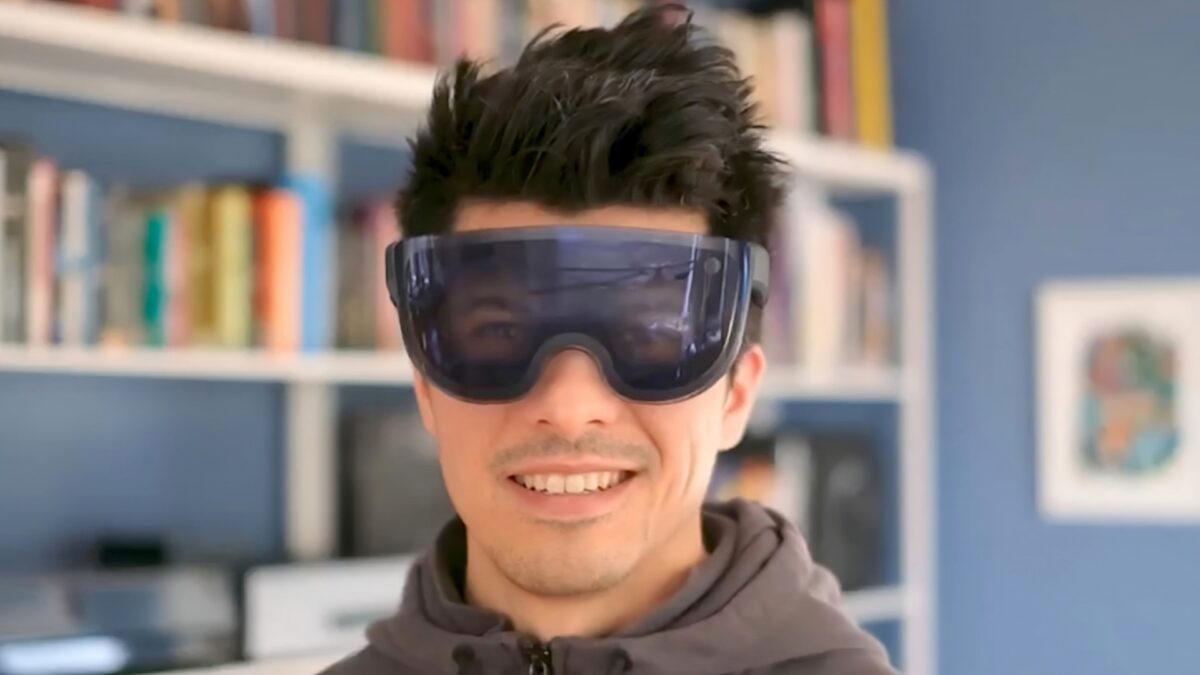Is virtual reality on the verge of another technological revolution?

MIXED reader Lars wanted to know if VR will make another big technological leap in the next few years. Here's what we think.
Every Monday, we answer a question from our readers. Send your question to tomislav@mixed.de with "Question" in the subject line, and with any luck, we'll answer it the following Monday.
This week's question comes from our reader Lars:
Do you think virtual reality will be revolutionized again in the next few years?
Hello Lars,
The history of virtual reality goes back a long way, and I wouldn't be writing this today if there hadn't been a technological revolution in VR about 15 years ago that made headsets compelling and affordable for a much larger number of people than in the decades before.
At the time, Palmer Luckey was working on his first VR headset prototypes, which offered an exceptionally wide field of view and high image quality at a relatively low price. This has been made possible by the widespread availability of low-cost smartphone displays that combine small size with high pixel density.
There were many other factors and inventions that helped virtual reality become a consumer product, but it was this technological revolution that got the ball rolling. A second major step was arguably standalone virtual reality, which was also made possible by existing smartphone technology. Without efficient mobile chipsets, devices like Meta Quest and the millions of VR headsets in use would be unthinkable.
Reflecting on these past leaps raises an interesting question about the future: Is virtual reality on the verge of another technological revolution of this magnitude, and what might it look like?
Will it be standard eye tracking and OLED microdisplays, integrated body tracking, or virtual reality streamed from the cloud? Meta CTO Andrew Bosworth pondered last year what a Meta Quest might look like in 2031. It could have near retinal resolution and be much lighter. Mirror Lake, Meta's futuristic research concept that combines a holographic and varifocal display in a compact, lightweight, and energy-efficient headset, also offers intriguing hints at possible future VR developments (the article image shows a rendering of what Mirror Lake might look like).
VR technology has so much room for improvement in terms of features and quality that it is fair to say that we are still witnessing its early days.
But back to your question: I think the third major revolution will be another display revolution, just like the first. Not because it will significantly improve image quality, but because it will allow headsets to be much thinner and lighter. The third revolution will be a form factor revolution and potentially the next big leap in the adoption of VR by the masses.
With the Holocake 2 prototype, Meta has shown where the journey could go, but it is unclear when this technology could find its way into products. My guess is that it will not happen in the next five years. Therefore, I don't see an immediate technological revolution coming, but rather evolutionary steps.
Kind regards,
Tomislav
Do you believe a big technological leap is imminent? Join the conversation on Facebook, Bluesky or X or share your opinion in the comments below.
For feedback, topic suggestions, or other ideas, please email us at hello@mixed-news.com.
Note: Links to online stores in articles can be so-called affiliate links. If you buy through this link, MIXED receives a commission from the provider. For you the price does not change.